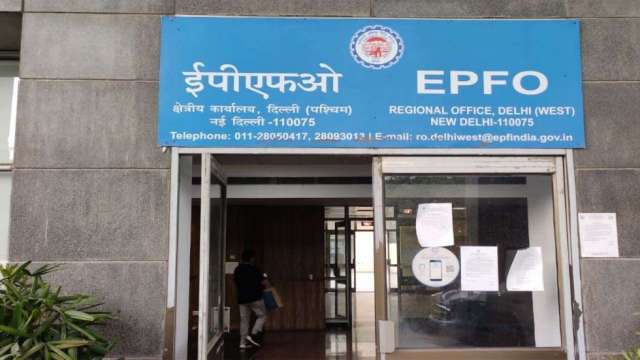
If you work in any institution then you will know about PF Account. Those institutions can be both private and government. Because PF accounts are created in both types of institutions.
A part of the salary of every salaried person is being deposited in this account. If you are a fresher and are going to start a job in any organization, then you should know about what is PF account? And what part of your salary is included in this?
What percentage of your salary is deposited in PF account-
According to the EPF Act, 1952, the employee and the company contribute an equal amount every month to the EPF scheme. The employee deposits 12% of Basic Pay + Dearness Allowance in his EPF account. If the employee is associated with a company / organization with less than 20 employees, then he has to contribute 10%.
When PF account becomes inactive-
As long as you are working in a company or institution, money is being deposited in your PF account every month, but when you leave the job, the money also stops accumulating. In such a situation, if you join the second job within three years and the money starts getting deposited in the PF account again, then your PF account is not inactive, but you do not do any transaction with the PF account for three years, then that The account is put in the category of dormant account by EPFO. In such a situation, if you want to save your account from becoming inactive, then you have to do the transaction at least once within three years.
If the account becomes inactive, how much will be the loss-
According to the rules of PF account, if a person’s account has gone into inactive category, then he has to suffer loss. If some money is deposited in your PF account, then you are given some interest by the government on it. But the PF account holders who have gone into the inactive category have to pay tax on that interest. After that, in case of non-receipt of claim on those money for seven years, it is sent to Senior Citizen Welfare Fund (SCWF). You can claim this money from SCWF within 25 years.